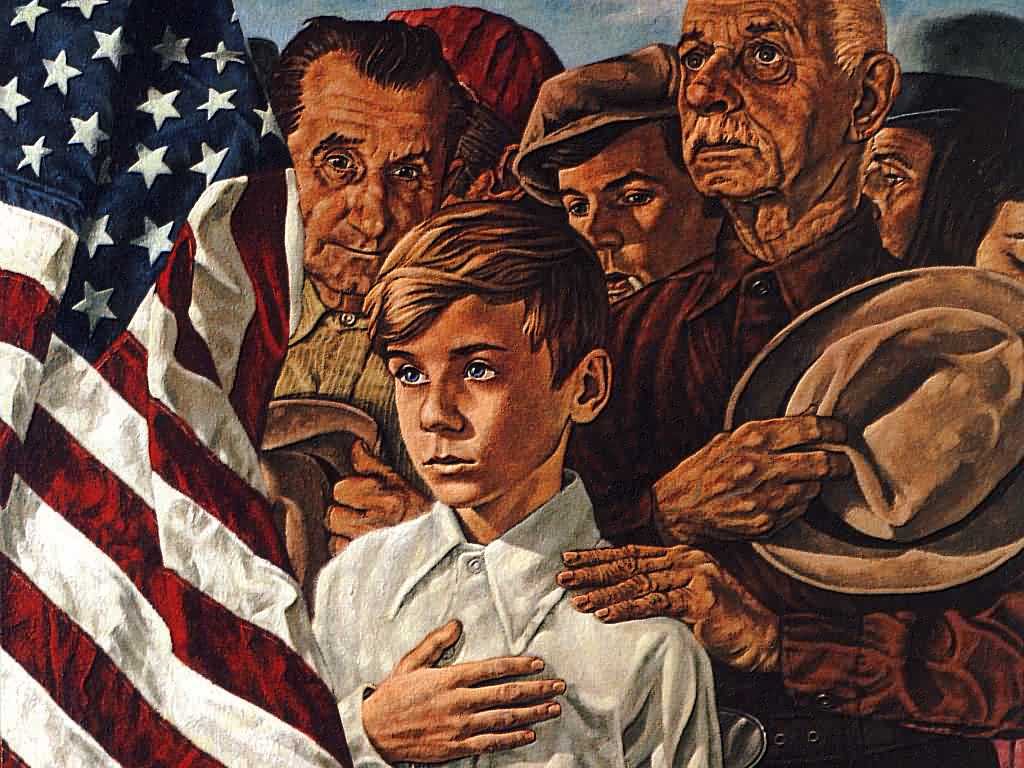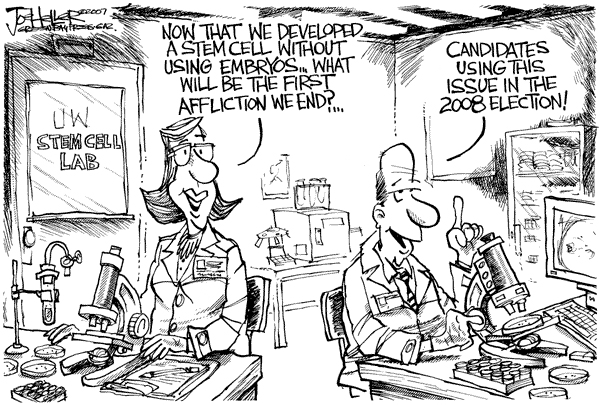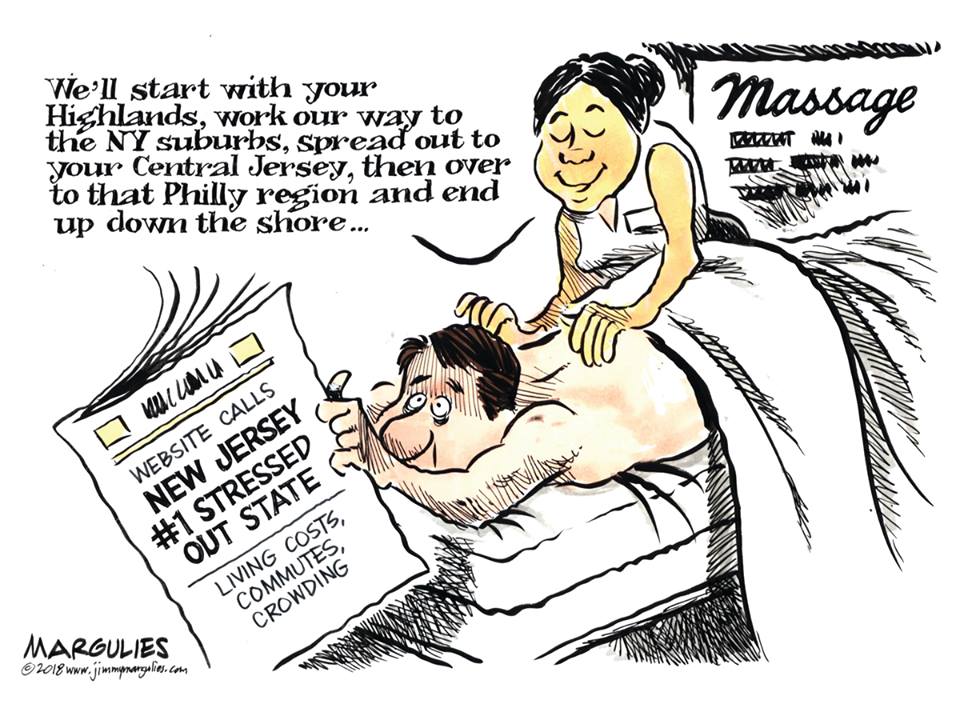Source: http://www.ibdeditorials.com/IBDArticles.aspx?id=307061229501695
By TERRY JONES
INVESTOR'S BUSINESS DAILY | Posted Tuesday, September 23, 2008 4:30 PM PT
For those looking for a real start to today's financial meltdown and government rescue, you need to go back — way back — to 1977, and the Jimmy Carter presidency.
IBD Exclusive Series: What Caused The Loan Crisis?
It was then, for the best and purest of reasons, that well-meaning Democratic members of Congress brought the Community Reinvestment Act into being.
The main idea, as the late Democratic Sen. William Proxmire said on the Senate floor in 1977, was "to eliminate the practice of redlining by lending institutions."
That term — "redlining" — seems quaint today. But in the 1970s, it was widely seen as the cause of housing disparities between white and black Americans.
The redlining theory went thus: Banks set up shop in low-income areas, took deposits, then lent the funds to richer areas — leaving poor and minority communities starved of housing and capital.
President Carter, a reformist former governor from the racially aware "New South," embraced the 1977 CRA as a way to end the supposed practice of redlining.
Coming as it did just years after other major civil rights legislation — including the 1964 Civil Rights Act, the Fair Housing Act of 1968 and the Equal Credit Opportunity Act of 1974 — community activists and others viewed it as essential to bringing African-Americans into the American dream.
At the time, the U.S. was in the middle of what came to be known as stagflation. After the first oil embargo in 1973 sent prices spiraling upward, the economy struggled to emerge from a vicious two-year recession in 1974 and 1975.
By 1977, inflation hit 7% — on its way to 14% in 1980. A year earlier, in 1976, 30-year mortgage rates crested 9% for the first time ever.
Meanwhile, the jobless rate stood at 7% — 14% for blacks. Many African-Americans felt frozen out of homeownership. As home prices soared, affordability became a crisis for black families.
In such a nasty economic environment, it's easy to see why something like the CRA got passed.
Good intentions, bad results.
Unfortunately, this well-intended law eventually led to a housing boom based on shoddy loan practices, a subsequent bust, and the financial mess we are in today.
Initially, the CRA was supposed to not just lend to poor areas, but to do so "consistent with safe and sound lending practices." That latter key proviso was ignored as CRA was implemented.
As IBD has already shown, the CRA forced banks and savings institutions — then, far more heavily regulated than today — to make loans to poor, often uncreditworthy minority borrowers.
Banks were required to keep extensive records of their minority lending practices. Those that didn't pass muster could be denied the right to expand their branches, merge with other banks, or boost lending in new markets.
Regulators didn't need to do much policing; they let that job fall to radical community groups, such as ACORN and NACA, which siphoned literally billions of dollars from banks and lent the money in poor communities.
It wasn't entirely altruistic.
The community groups booked thousands of dollars in fees for every loan. And loans often required recipients to become active in radical causes — what's today called "community organizing."
If a community group decided a bank was operating in bad faith, it could affect the bank's "CRA rating" — the scorecard for how well it was doing as a minority lender.
Banks became pliable, easy targets. No bank CEO wanted to be mau-maued as an enemy of the poor. They became shakedown targets, channeling billions of dollars to groups that had, at best, meager results to show for it.
That's how it began. Later, in the Clinton era, Fannie Mae and Freddie Mac got involved — buying up bad loans from banks, and securitizing them for sale on world markets. The seeds of the subprime meltdown were planted.
As of last year, the homeownership rate among all Americans was 68.1% — up from 63% in 1970. For black Americans, it's up from just below 42% in 1970 to 47.2% last year. It's still below 50%, and still the lowest of any minority group.
Today, Americans might rightly ask 31 years after the CRA was passed whether the more than $1 trillion lent under its auspices did what its proponents promised.

































1 comment:
You have the right of it. Here's some food for thought.
On paper the bank losses are real. But in reality the losses are minimal. Let's look at an example in the simplest case. In the morning a bank has $1 billion in assets and $900 million in liabilities. They are in fine shape with $100 million in equity. Suppose that same bank has all of their assets a $1 billion CDO. With mark to market rules they must mark that $1 billion CDO down to whatever the market value is - unfortunately no one is buy CDO's so the value is far less than the true value - by the afternoon lets say the market value is $750 million. Now the bank is in trouble. They have $750 million in assets but $900 million in liabilities. They are technically insolvent. In the time span of a single day they went from solvent to insolvent. The FDIC will take them over and they're out of business. Sound familiar. But wait. Let's go back to the CDO. Let's say that 5% of the houses in that CDO are in foreclosure. That would represent only $50 million of the $1 billion CDO. Of the houses in foreclosure the bank will recoup at least 50% of their investment so they should lose only $25 million or 2.5% of the value of the CDO - not 25% as the market to market rule suggests. If the foreclosure rate is 10% then perhaps worst case they'll have to mark the value of the CDO down 5%. Do you see the point? With mark to market rules we are causing the banks and financial institutions to appear insolvent when truly the underlying assets will retain most of their value. Just because no one will buy a CDO right now doesn't mean the CDO is worthless. In fact, housing prices are declining because of mark to market. Mark to market rules are forcing financial institutions to mark down their assets and then sell them to raise capital But no one is buying the CDOs and so the price continues to sprial downward. Financial institutions aren't buying the discounted CDOs because they have their own requirements to raise capital on the CDOs they own which are being devalued. As the CDO from one institution is devalued all the others must follow suit. Because the CDO is devalued the underlying asset is being devalued by association. It is a vicious cycle. Changing the accounting rules from mark to market to a more sensible discounted cash flow model would solve many problems. It would more accurately reflect the value of the underlying asset, it would stop the downward spiral problem and it would add liquidity to the credit market because financial institutions would no longer be required to sell distressed assets at hugely discounted prices to raise required capital.
Post a Comment